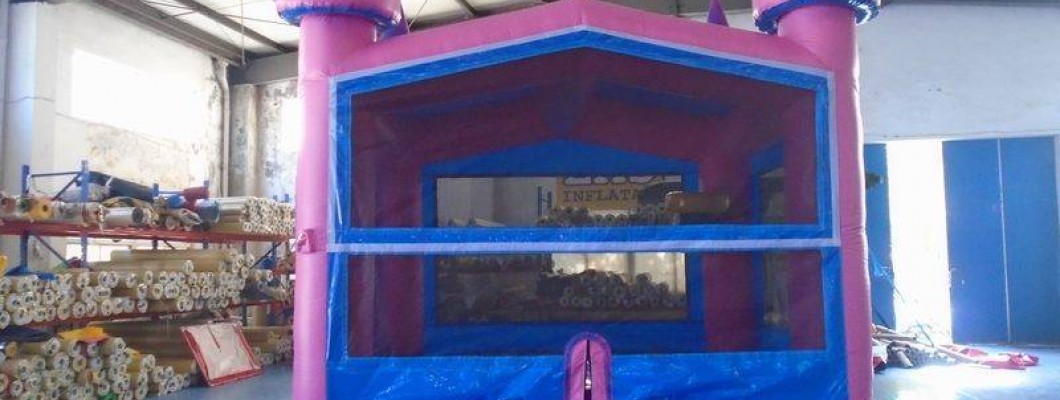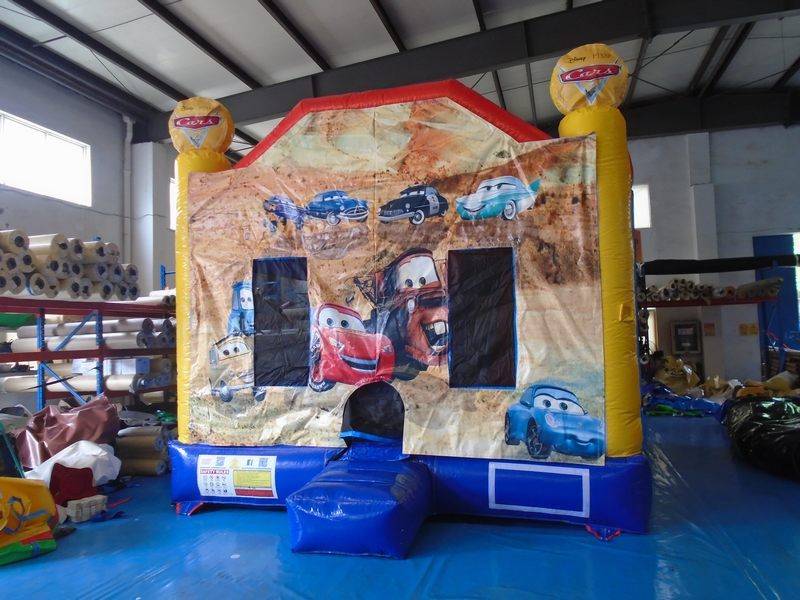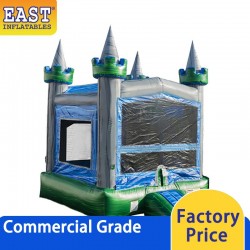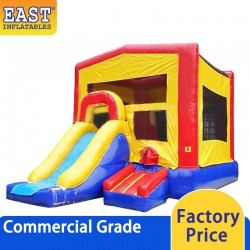
Bouncy castles should be stored in a clean, dry, and well-ventilated area when not in use. Proper storage helps prolong the life of the inflatable and ensures it remains in good condition for future use. Here are some considerations for storing bouncy castles:
1. Clean and Dry the Inflatable
Before storing the bouncy castle, ensure it is clean and completely dry. Wipe down the surface with a mild soap and water solution, removing any dirt or debris. Allow sufficient time for the inflatable to air dry, including any crevices or seams, to prevent the growth of mold or mildew.
2. Deflate the Bouncy Castle
Completely deflate the bouncy castle according to the manufacturer's instructions. Release the air slowly and ensure all the air has been expelled from the inflatable. This will make folding and storing the castle easier and prevent any damage caused by trapped air.
3. Fold and Pack the Bouncy Castle
Once the inflatable is fully deflated, fold it neatly according to the manufacturer's guidelines. Avoid placing heavy items on top of the folded bouncy castle to prevent creases or damage to the material. Use a storage bag or container to keep the inflatable protected from dust and dirt.
4. Store in a Suitable Location
Choose a storage area that is clean, dry, and well-ventilated. A garage, shed, or indoor storage room can be ideal. Avoid damp or humid areas, as these can lead to mold or mildew growth. If possible, elevate the bouncy castle off the ground using pallets or shelves to protect it from potential water damage.
5. Regularly Inspect During Storage
Even while in storage, periodically check the bouncy castle for any signs of damage, mold, or pests. Address any issues promptly to prevent them from worsening over time.
Conclusion
Proper storage of a bouncy castle is essential to maintain its durability and safety. By following these steps, you can ensure that your inflatable remains in excellent condition and is ready for use when needed.




